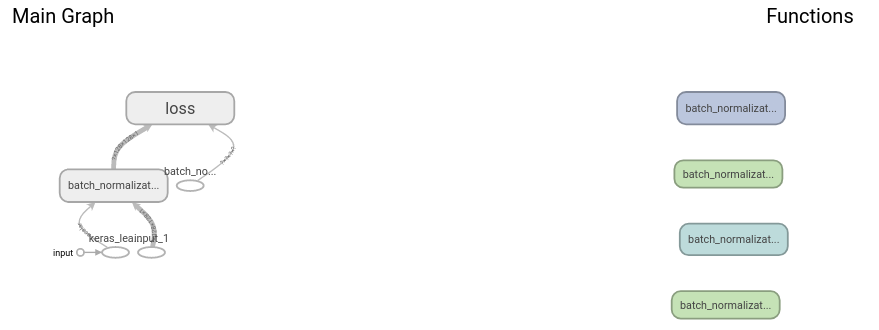Same here. It must be a rendering issue because I see the same thing (first batch norm layer connected to all other batch norm layers) on totally different networks built long time ago. Also, in models trained without batch normalization, instead, the first dropout layer appears to be connected to all other dropout layers.


When using tensorflow.keras to create a model, the first batchnormalization layer appears to be connected to all other batch normalization layers in the graph. I think this is rendered incorrectly rather than built incorrectly but have not been able to prove that.
Code follows that builds the same model with pure tensorflow, and with tensorflow.keras, as well as the graph rendered by tensorboard in each case.
This issue is probably related to this unanswered StackOverflow post: https://stackoverflow.com/questions/52586853/batchnormalization-nodes-wrongfully-linked-with-each-other and possibly related to this tensorflow issue: https://github.com/tensorflow/tensorflow/issues/17985
Graph produced by pure tensorflow
Graph produced with keras model
Tensorflow code
Keras equivalent
pinging @nuance-research